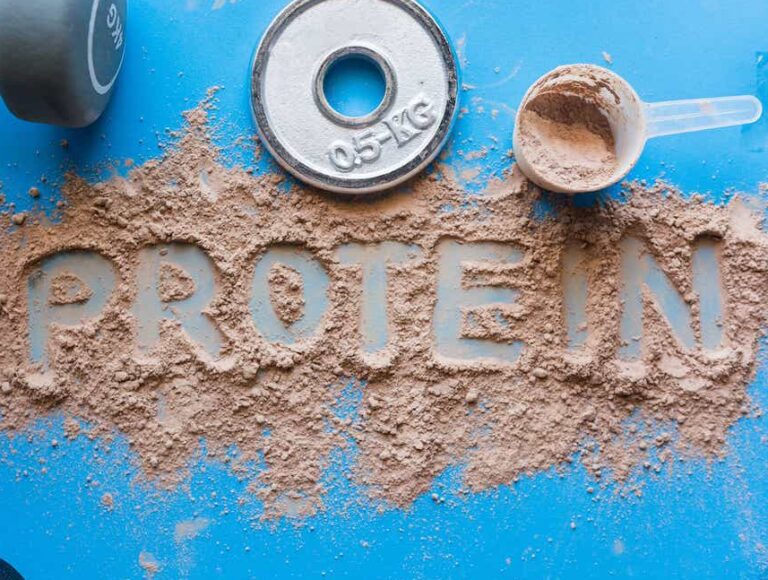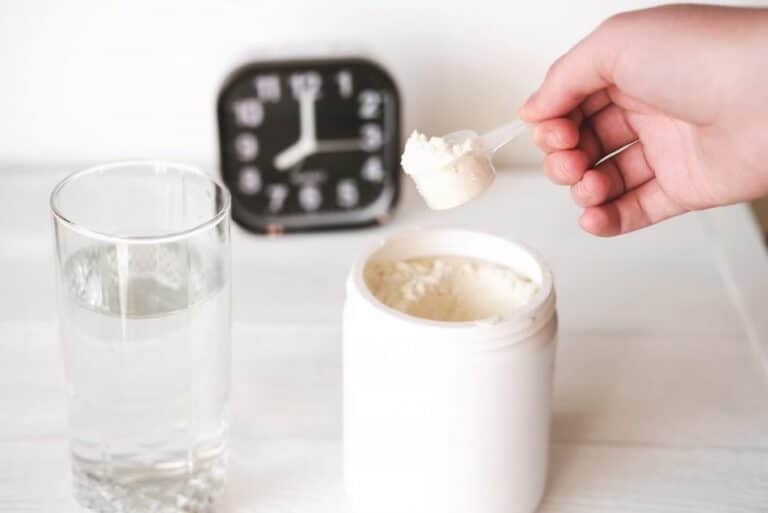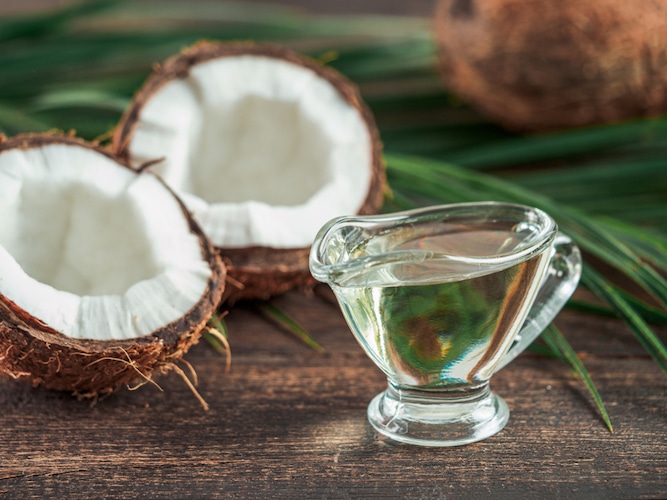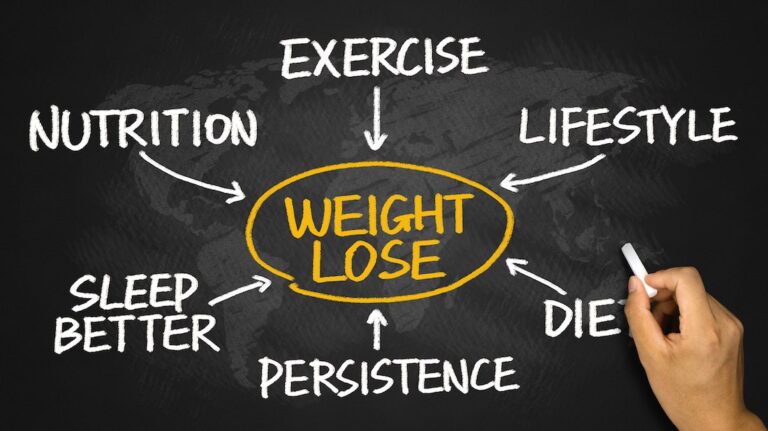Want to learn more about a diet that doesn’t require you to count calories? You don’t want to go hungry, but see your body stabilize with more energy than you’ve had since your youth while the weight pl ummets if necessary? A healthy and modern keto diet is both sustainable and durable over time.
Learn how millions can live a better life with less inflammation, better focus and more energy using a ketogenic diet with natural ingredients.
What exactly is the keto diet, or ketogenic diet?
Keto is short for ketogenic. In a ketogenic diet, you eat fewer carbohydrates and more fat. This forces your body to burn fat for energy, instead of carbohydrates.
How does the ketogenic diet work?
When you follow a ketogenic diet, your body will enter a state called ketosis. This is when your body starts burning fat for energy, instead of carbohydrates.
What can I eat on a keto diet?
On a keto diet, you can eat foods that are high in fat and low in carbohydrates. This includes foods such as meat, fish, eggs, vegetables, and natural fats such as olive oil and butter.
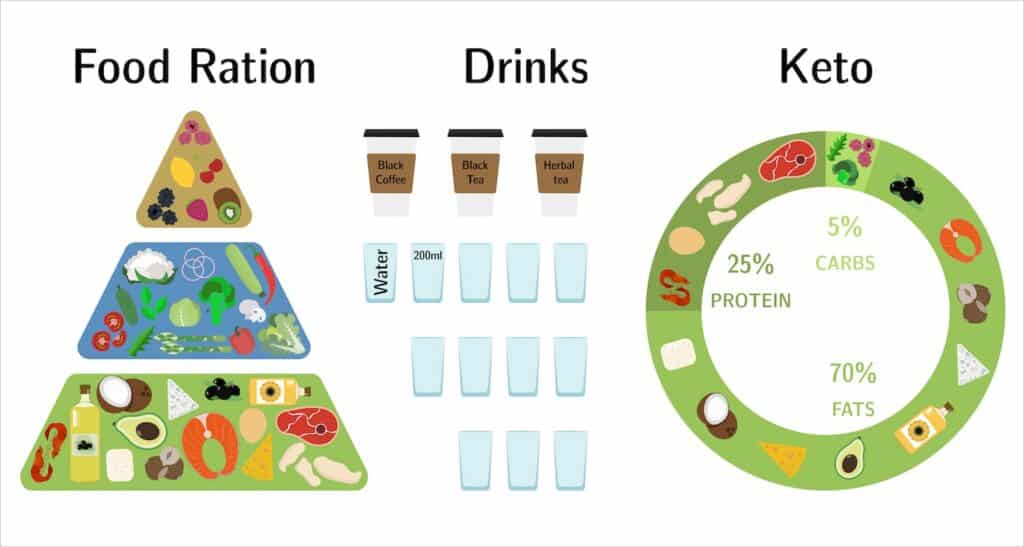
What is the difference between keto and low-carb diets?
There are several diets that restrict carbohydrates such as the low-carb diet, but the keto diet is special because it also increases the intake of fat. The goal is to get the body into ketosis, where it burns fat for energy.
How can I start the keto diet?
Starting a keto diet is easy. You just need to start eating more fat and less carbohydrates. You may want to have a meal plan and a list of foods you can and cannot eat.
Frequently asked questions
Keto diet recipes sample day
Eating only ketosis foods doesn’t have to be difficult. It can also be very good and bring you many good food experiences if you love to cook. Most people have the best results if they stick to a simple diet plan in the beginning while their body adjusts. Then you can explore flavors and dishes as you get the full benefits of an lchf diet.
Breakfast
Most people experience best results with no breakfast or any keto diet breakfast. If you postpone your breakfast for lunch, the perfect keto breakfast is good with eggs, salmon, butter or healthy oils.
Dinner
A good keto dinner recipe consists of good ingredients such as natural meat or fish with 10% plus fat content in it. Combined with low-carbohydrate vegetables. That is, vegetables or lettuce growing above ground with a predominance of green color. Ekesemepl low carb vegetables or keto vegetables are broccoli, lettuce, tomato and spinach.
Combine it with an extra source of fat such as cold-pressed olive oil or dairy butter. Alternatively, make a dressing from creme fraiche or sour cream and season with spices.
Snack or evening meal
The goal for most people on a keto food diet should be no more than two meals a day. But during the adjustment phase, it’s important that you eat when you’re hungry. Boil two eggs and eat them with a little butter. Alternatively, if you manage to limit yourself, you can eat some cocoa beans in the form of 86% cocoa chocolate. Don’t eat more than 20 grams of this!
Salt
You will lose weight quickly in the first few weeks as your body excretes all the unnecessary water your body has tied up with the diet you had before you started keto foods and diet. When the water separates, it also carries with it electrolytes in the form of salt, potassium and magnesium.
It is therefore very important that you salt your food well. Often when you think you’re hungry, it’s actually salt that your body wants. So try putting half a teaspoon of salt in a glass of water and see how you feel afterwards.
Related: See how I ate 0 carbs in Croatia
What is the ketosis diet?
Ketosis is a process that happens in your body when it doesn’t have enough carbohydrates to burn for energy. Instead, it starts burning fat and this leads to a build-up of acids known as ketones inside your body.
This is the foundation of a keto diet. The goal is to get your body to enter this metabolic state. But don’t worry, it’s a natural state. It also happens when fasting or during hard exercise.
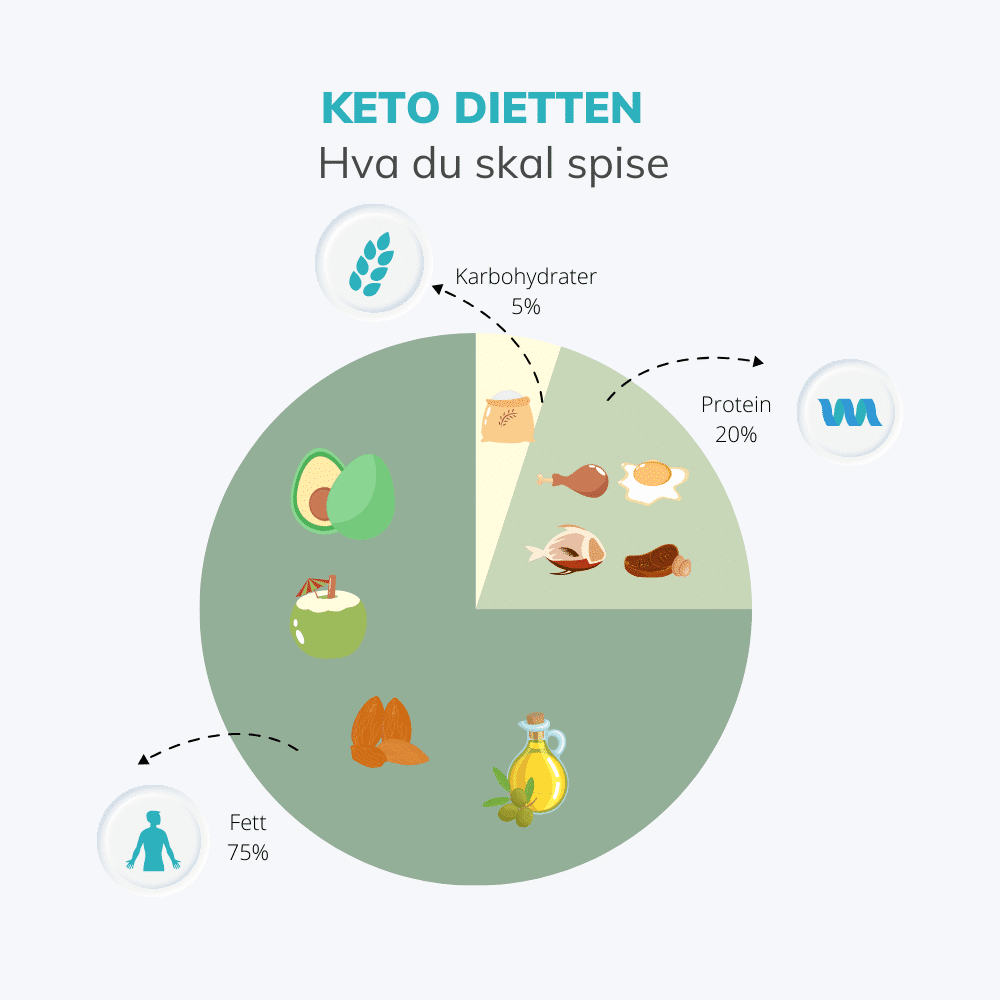
How much fat per day?
Imagine having consistent energy throughout the day and getting a lot more done than before. It’s an amazing feeling that only from the keto diet can you sustain over time. But to have that energy, you need to remember to eat enough energy.
Each gram of fat is 9 calories while 1 gram of protein is 4 calories. Fat is the preferred energy source for the body when living on a ketogenic diet plan. That’s why it’s important that you build up to a high fat intake. Most people need more fat in the first few months and then it decreases as the stomach and intestines adjust.
Aim for a minimum of 75% of calories in the form of fat. Try it out and see how your body reacts. We are all built differently and we all have different metabolisms.
The keto diet and lifestyle diseases
The keto diet can be a powerful tool to combat several types of lifestyle diseases. Many of these diseases are linked to poor diet and inactivity, and can be improved by changing what you eat.
Here are some of the lifestyle diseases that can be affected by a keto diet:
How do I get into ketosis?
Getting into ketosis may seem a little scary, but it doesn’t have to be. Here are four ways you can achieve ketosis:
You can fast in ketosis
One of the quickest ways to get into ketosis is to fast. The most popular form is intermittent fasting.
Intermittent fasting is a form of fasting where you choose to eat only part of the day. One of the most popular intermittent fasting forms is 16 8 fasting. Where you eat all meals in an 8-hour window

You can train yourself into ketosis
Exercise can help your body use up its carbohydrate stores faster, which can help you get into ketosis.
You can take a ketone supplement
Ketone tablets can put your body into ketosis quickly. But remember, these should be used in addition to a healthy diet, not instead of. The supplement will give the blood access to ketone bodies.
You can eat yourself into ketosis with the keto diet:
One of the most effective and healthiest ways to get into ketosis is by following a keto diet. By limiting your carbohydrate intake, your body can start burning fat for energy, leading to ketosis.
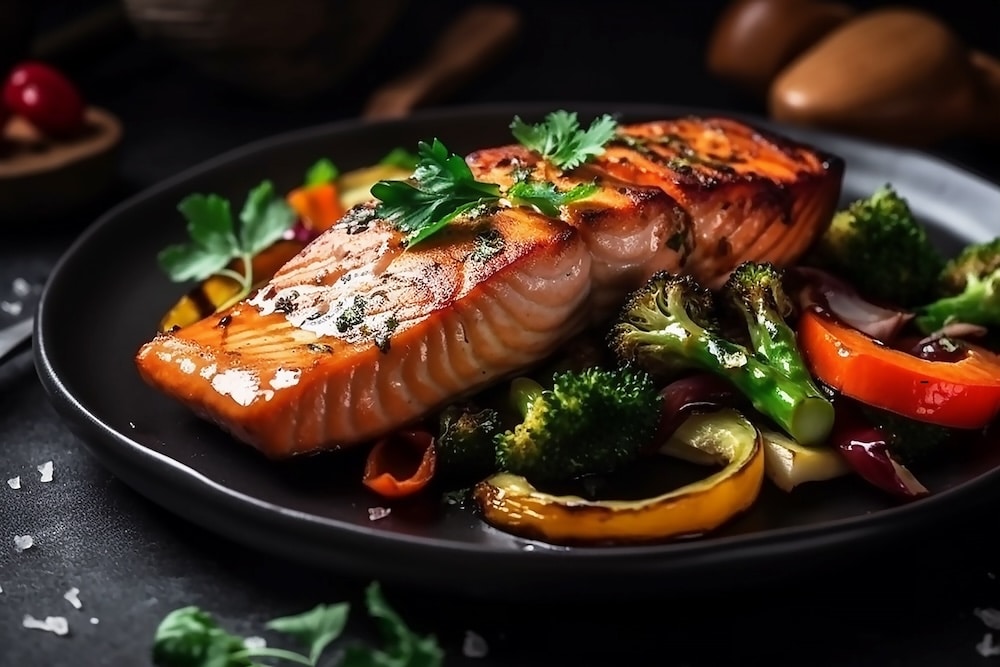
How much carbohydrate can I eat on a ketogenic diet?
How many carbs you can eat on a keto diet varies from person to person. Most people will get into ketosis by eating less than 20 grams of carbohydrates a day. However, some people can tolerate up to 50 grams of carbs a day and still be in ketosis.
How active you are also has a lot to do with it. If you exercise a lot, you can tolerate more carbs and still remain in ketosis. Remember, it’s always important to listen to your body and adapt your diet to your unique situation.
What are the benefits of the keto diet?
The keto diet has many benefits that have made it a popular choice for many. From weight loss to improved cognitive ability, let’s look at some of the biggest benefits of the ketogenic diet.
Rapid weight loss
One of the biggest benefits of the keto diet is the rapid weight loss. When your body enters a state of ketosis, it starts burning fat for energy instead of carbohydrates. This leads to rapid weight loss.
Improved cognitive capacity
The keto diet is also known to improve cognitive capacity. Without a constant supply of sugar from carbohydrates, the brain is forced to work more efficiently and can focus better.
Better control of blood sugar levels
People who follow the keto diet often report better control of their blood sugar levels. Low carbohydrate intake can help stabilize blood sugar levels, which is particularly beneficial for people with diabetes. That’s why many people get good results with a ketogenic diet for diabetes.
Other benefits:
What kind of side effects can I get on the keto diet?
It is important to understand that all dietary changes can have potential consequences. By starting the keto diet, you may experience some side effects. But don’t worry, they are usually temporary.
Keto flu
Keto flu is a common side effect people experience when starting the keto diet. Symptoms can include headache, fatigue, nausea, dizziness and irritability. This usually happens because your body is adapting to the new diet.
Keto breath
Another common side effect of the keto diet is bad breath or ketosis breath. It’s individual whether you get bad breath or not. By eating a “pure” keto diet you will in most cases not get the bad breath.
If you do get it, it will disappear by itself really quickly if you focus on eating clean and natural food to promote your own health.
Who is the keto diet suitable for?
The keto diet isn’t for everyone, but it can be a powerful tool for some. Let’s look at who might benefit from following a keto diet.
Overweight
Are you overweight? The keto diet can help you lose weight. That’s because your body burns fat for energy when you’re on a keto diet. This can lead to weight loss.
Those with type 2 diabetes, metabolic syndrome, PCOS or a cardiovascular disease.
Do you have type 2 diabetes, metabolic syndrome, PCOS or a cardiovascular disease? The keto diet can help you control your blood sugar levels. That’s because the low carbohydrate content of the diet can reduce blood sugar and insulin levels.
Those with chronic inflammation in the body
Do you have a chronic inflammatory condition in your body? The keto diet can help you reduce inflammation. That’s because the ketones your body produces on a keto diet have anti-inflammatory effects.
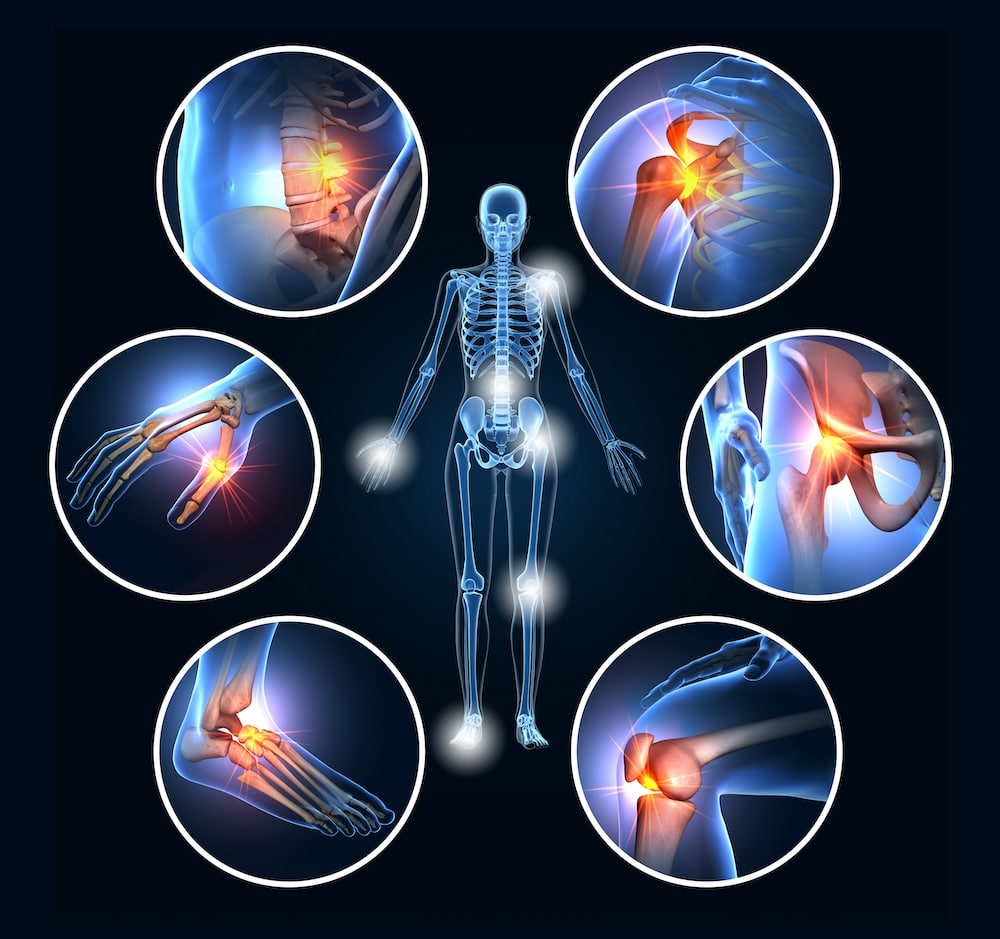
If you want to take your health to the next level!
Want to take your health to the next level? The keto diet can be an effective tool. It can help you lose weight, improve your heart health and give you more energy.
You who want to eat for better cognitive ability!
Are you interested in improving your cognitive abilities? The keto diet can help. When your body is in ketosis, it can improve brain function and increase mental clarity.
Who is keto (maybe) not suitable for?
While many people can benefit from a keto diet, there are some who may need to avoid it.
Pregnant/breastfeeding
If you are pregnant or breastfeeding, it may be best not to start a keto diet. Your body needs all kinds of nutrients to support your growing baby. While it’s not proven that the keto diet is harmful, it’s better to be on the safe side and talk to your doctor first.
Collaboration with a doctor or professional
The keto diet can be tough for many. If you have an underlying illness or are on medication, it is particularly important that you start the diet in collaboration with a doctor or professional.
How to get into ketosis
Getting into ketosis is the goal of the keto diet. Ketosis is the state where the body burns fat for energy instead of carbohydrates. But how do you get into ketosis? Here are some tips:
Reduce your carbohydrates
The first step to getting into ketosis is to reduce your carbohydrate intake. Try to limit carbohydrates to around 20 grams per day.
Increase your fat intake
The keto diet is all about eating more fat. Make sure to include healthy sources of fat in your diet, such as avocados, nuts, seeds and oils.
Try fasting
Fasting can help your body get into ketosis faster. You can try intermittent fasting, where you eat all your meals within a specific time window each day.
Exercise regularly
Exercise can help your body get into ketosis. When you exercise, your body uses more energy, which can force it to start burning fat.
Eat enough protein
While the keto diet is high in fat, it’s important to still get enough protein. Protein is needed to build and repair cells in your body.
Remember, it can take a few days or a week to get into ketosis by eating keto diet foods. Be patient and follow these steps to help your body make the transition.
9 tips for an easier transition
Starting a keto diet can be a challenge, especially if you don’t know where to begin. But fear not, we’re here to help! Here are 10 tips that can make the transition to a keto diet easier and more comfortable.
Read here for a comprehensive description of keto with pros and cons
1. Plan your meals
A successful transition to the keto diet requires careful planning. Make sure you have a good selection of keto-friendly foods available and plan your meals in advance. This will help reduce temptation and keep you on track.
2. Focus on quality fat
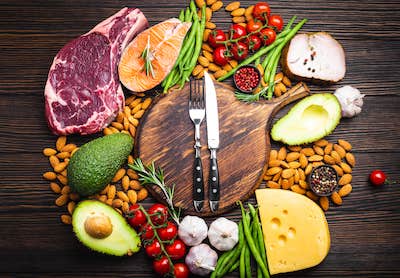
Quality fats are key to a successful keto diet. Choose healthy sources of fat, such as dairy butter, avocado, olive oil and MCT oil. Avoid trans fat and read our article on the truth about saturated fat.
3. Keep an eye on net carbs
Net carbs are carbohydrates minus fiber and sugar alcohols. On a keto diet, you should aim to stay below 20-30 grams of net carbs per day. Learn more about low-carb diets in our low-carb diet beginner’s guide.
4. Stay hydrated
Drink plenty of water to stay hydrated and to help your body flush out ketones.
This can help reduce keto flu symptoms and help you feel better while your body gets used to its new presence.

6. Prioritize sleep
Make sure to get enough sleep during your transition to the keto diet, as this can help your body adapt to the new changes. Read our article on better sleep with blue light glasses for tips on how to improve your sleep.
7. Get support from others
Having support from friends, family or an online keto community can make the transition to the keto diet easier. Share your experiences, ask questions and celebrate milestones with others going through the same process.
8. Be patient
The transition to a keto diet can take time and it’s normal to experience some discomfort at first. Give your body time to adjust and be patient with yourself along the way.
9. Adjust as needed
Remember that everyone is different, and what works for some may not work for others. Monitor how your body responds to the keto diet and adjust as needed.
This may involve changing macronutrient ratios, calorie intake or even adding a little more carbohydrates if you need to.
By following these 10 tips, you can make the transition to a keto diet easier and more comfortable. The keto diet can provide a range of health benefits, including weight loss, increased energy and improved concentration.
How long does it take to get into ketosis?
It is very individual how long it takes to get into ketosis. It depends on several factors such as how healthy your metabolism is today. Your activity level, genetics, diet and more.
By eating less than 20 carbohydrates every day, most people will enter ketosis in less than a week. Fasting will also help you achieve severe ketosis more quickly.
Where can I learn more about the keto diet?
There are many great resources online to learn more about the keto diet and get to get your own keto diet plan. You can read blogs, follow experts on social media, or read books on the subject or other ketogenic diet plans.
How do I get started with the “keto diet“?
The first step to starting the keto diet is to learn what you can and can’t eat. Then you can start planning meals and shopping for groceries.

